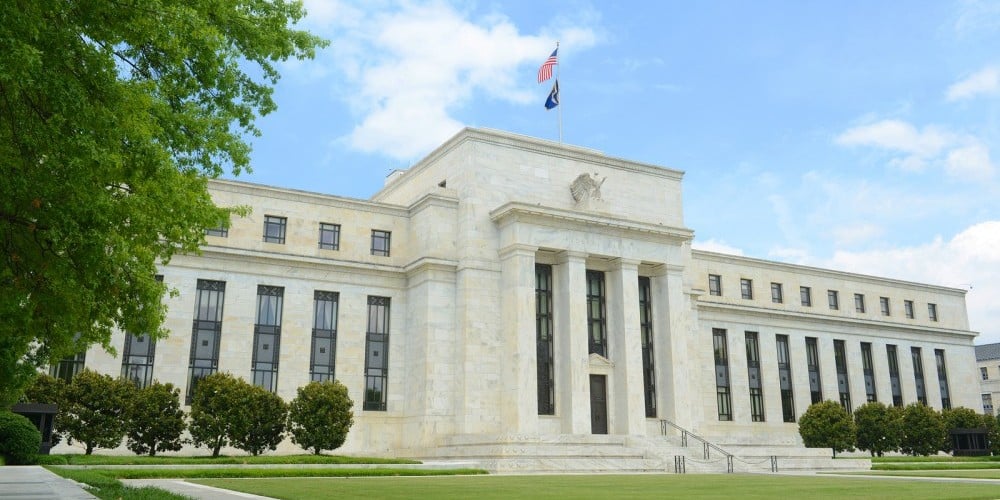Fed rates are on the rise. What does this mean for credit unions?

We’ve all been anticipating it, and now it’s likely to come down the pike this week. The Federal Reserve is set to raise the target interest rate to above the rate of inflation for the first time in the better part of a decade.
The Fed rate hikes have been happening gradually, steadily since 2015. The June increase will set rates at between 1.75 and 2 percent. This matches the inflation target and puts the real rate at about zero.
Some economists believe this should be the last hike or it might start to hamper economic growth, but other experts think we’ll see more hikes this year and in 2019. That would give us a federal funds rate at 2.75 to 3 percent by the end of next year.
What does a Fed rate hike mean for banks and CUs?
The Fed’s rate increase affects what banks and credit unions charge each other for loans, and that increase, in turn, translates to higher rates within the bank on things like credit card balances and car loans. When the Fed raises its rate, banks follow suit and raise their prime rate.
continue reading »




